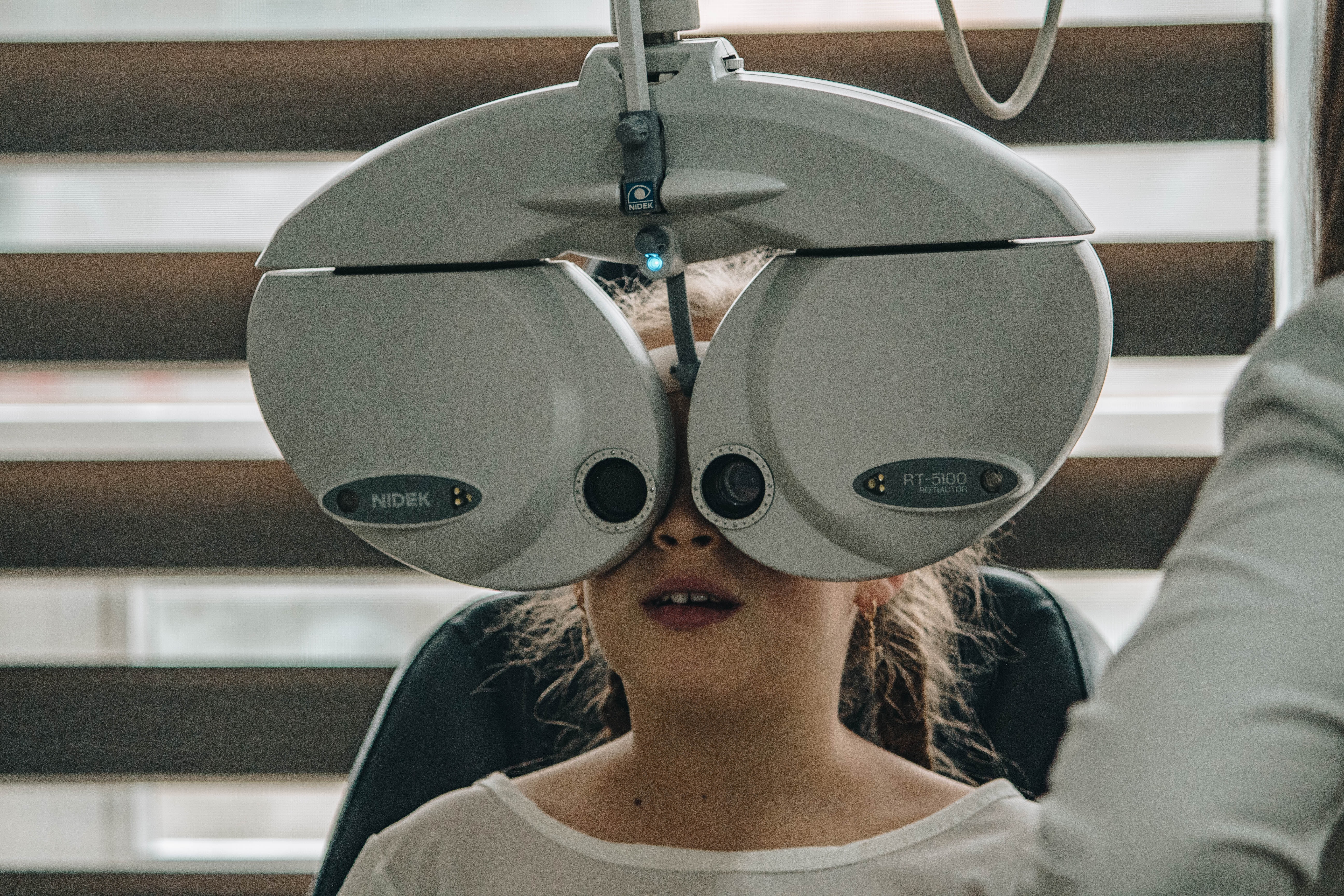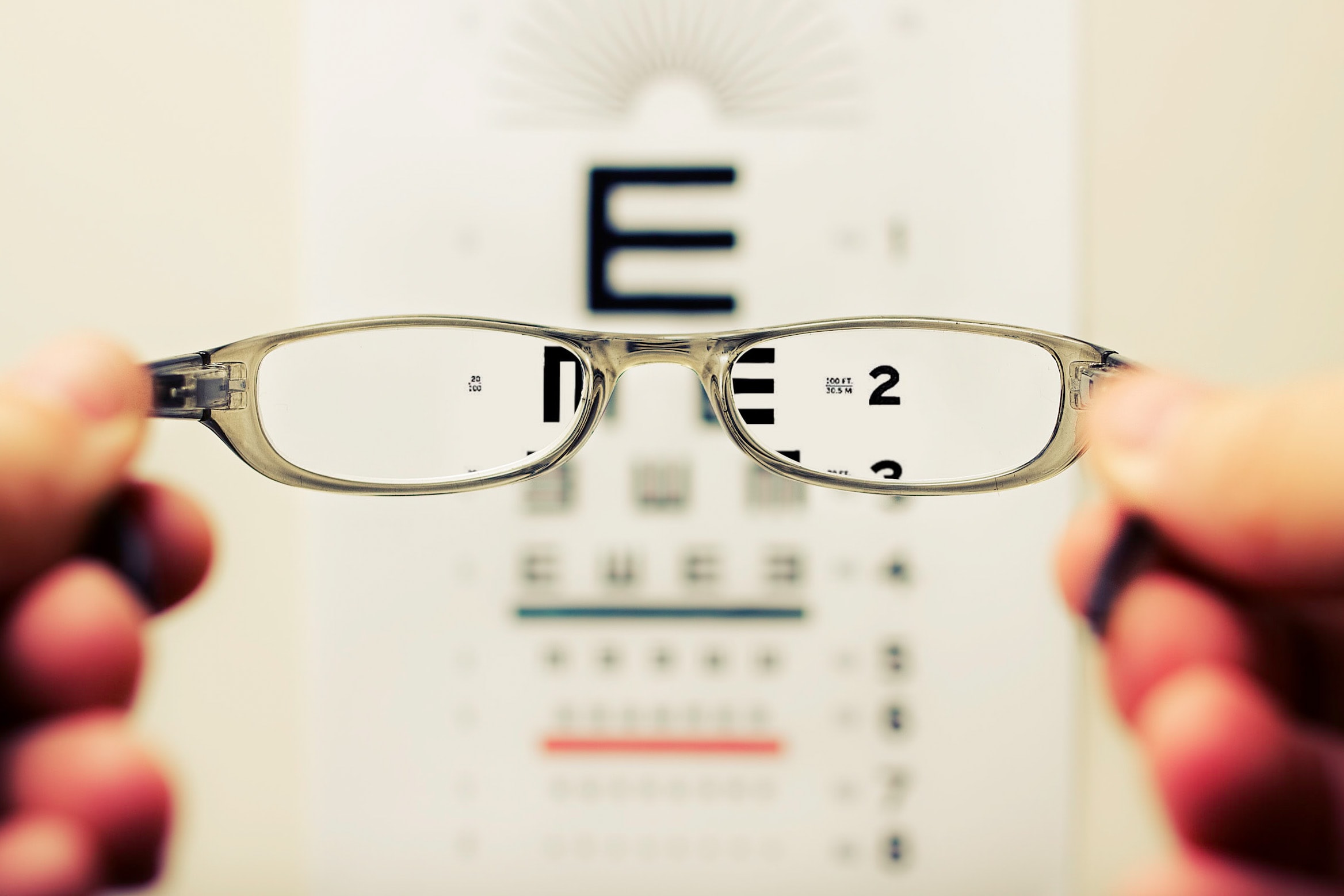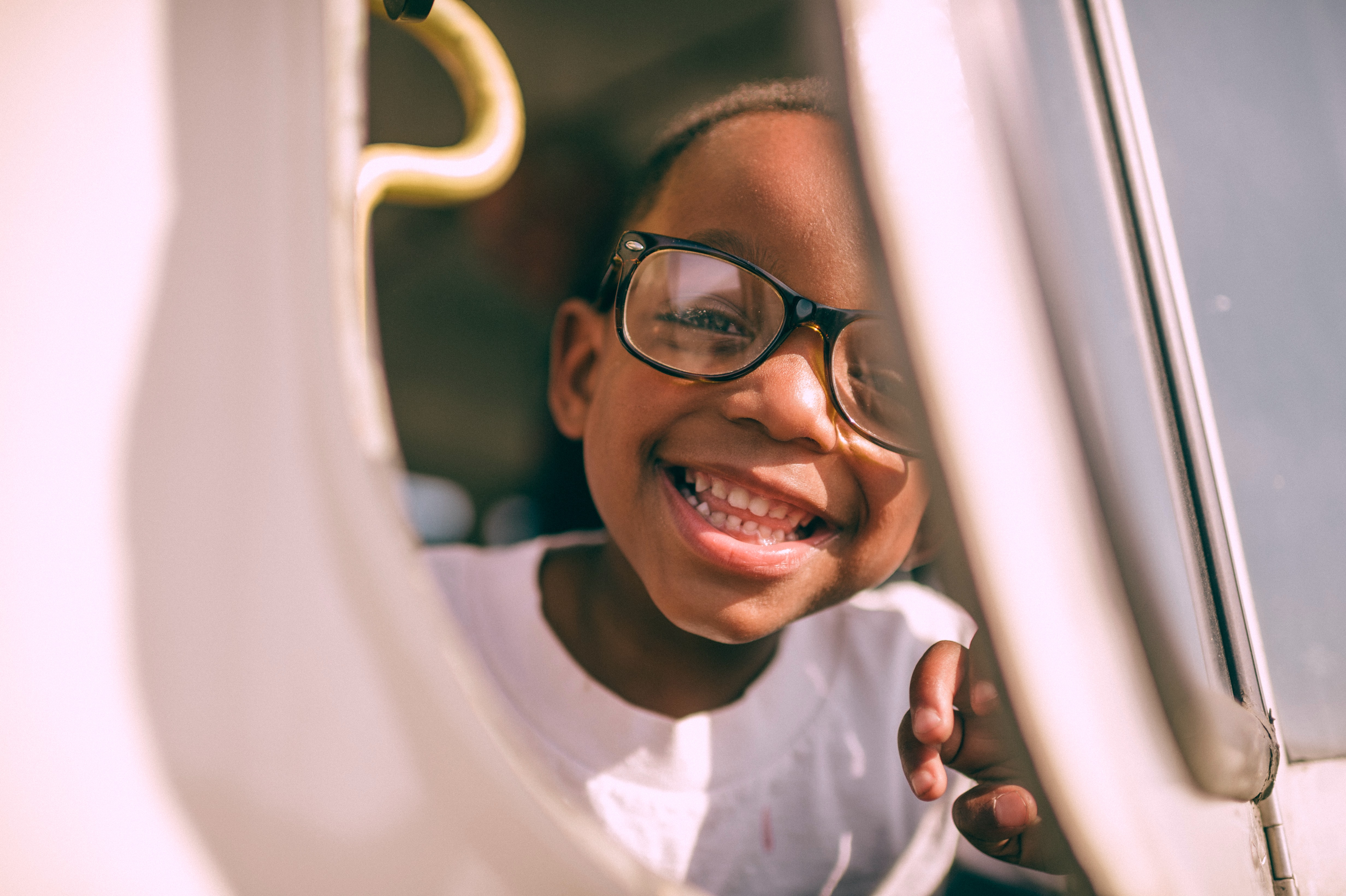By Shay Stinson
There’s already a lot of preparation that goes into getting your child ready to go back to school, from completing the summer reading list to shopping for clothes and supplies. Back–to–school time is also an important time to remember to get check-ups done. It’s a good time to get your child their usual pediatric checkup and visit any specialist they usually receive care from. If the optometrist isn’t on the usual list of doctors to see, schedule an appointment to see one because eyesight can change over time. This year, it would be especially good to see an optometrist since we know that COVID-19 can affect the eyes. Plus, August is set aside as Children’s Eye Health and Safety Month.

Routine eye and vision exams can be one of the best preventative measures for early problem detection. Photo by nrd from Unsplash.
According to the Centers for Disease Control, 6.8% of children younger than 18 have diagnosed eye and vision conditions. The development of a child’s vision should be given great care between the ages of newborn to five years old. After age five, children should receive yearly eye exams or more frequently if there are signs of concern. Signs of vision concerns may include squinting or frequent headaches. The website Kids Health lists several signs of concern for vision issues that parents may want to in mind.
There are a few eye conditions that can be discovered during a child’s preschool years with regular routine exams. Amblyopia, more commonly known as “lazy eye,” is a condition that could lead to irreversible vision loss if left untreated in the early years. Nearsightedness and farsightedness are eye conditions that can be corrected with glasses or contact lenses. Therefore, routine eye exams and watching for signs is so important.
Poor vision health can be debilitating to a child’s educational success. Many behavioral problems are misdiagnosed due to vision issues that have gone untreated. According to the Padula Institute, learning disabilities and even Attention Deficit Disorder, or ADD, can be misdiagnosed as a result of vision problems.
Children with untreated vision problems can often display behaviors like being quick to anger or becoming frustrated during learning, confusion and inability to understand material, hyperactivity, and inattentiveness. Children with vision problems may have difficulty explaining their experiences.
Dr. Richard Maharaj, a Canadian optometrist, conducted an experiment with four volunteers that are teachers to prove that eye health and vision problems have a huge impact on the way kids learn. The experiment focused on giving the teachers the same experience children with vision problems had to show how when un-diagnosed they issues can drastically affect learning and confidence.
According to the American Optometric Association, a vision screening is not as comprehensive as an eye exam. Considerably, doctors in the optometry community suggest comprehensive exams performed by medical professionals such as ophthalmologists, pediatric ophthalmologists, optometrists, and opticians outside of vision screenings that may be offered at school or for sports exams.

Vision screenings and vision exams differ in the depth of equipment used and diagnoses made. Photo by David Travis
As we observe Children’s Eye Health and Safety Month, here are a few key points to remember:
- Children should have certain visual skills in order to read and learn effectively. Some of those include eye-focusing, hand-eye coordination, and visual perception.
- Vision screenings and eye exams are both needed routinely to monitor for children’s eye health.
- Common signs of eye problems include eye rubbing, frequent headaches, and chronic eye redness.
- Behavioral problems can sometimes be linked to poor vision.
Even in our work as care professionals for foster children, we should be diligent in monitoring eye health for our children in care. In some cases, for foster children, the history of eye exams or screens may be unknown or may have not ever been performed. Therefore, immediate attention to incoming medical information and screenings are so vital. Let’s do our part throughout the year to improve eye health for all children, especially in August during Children’s Eye Health and Safety Month.

